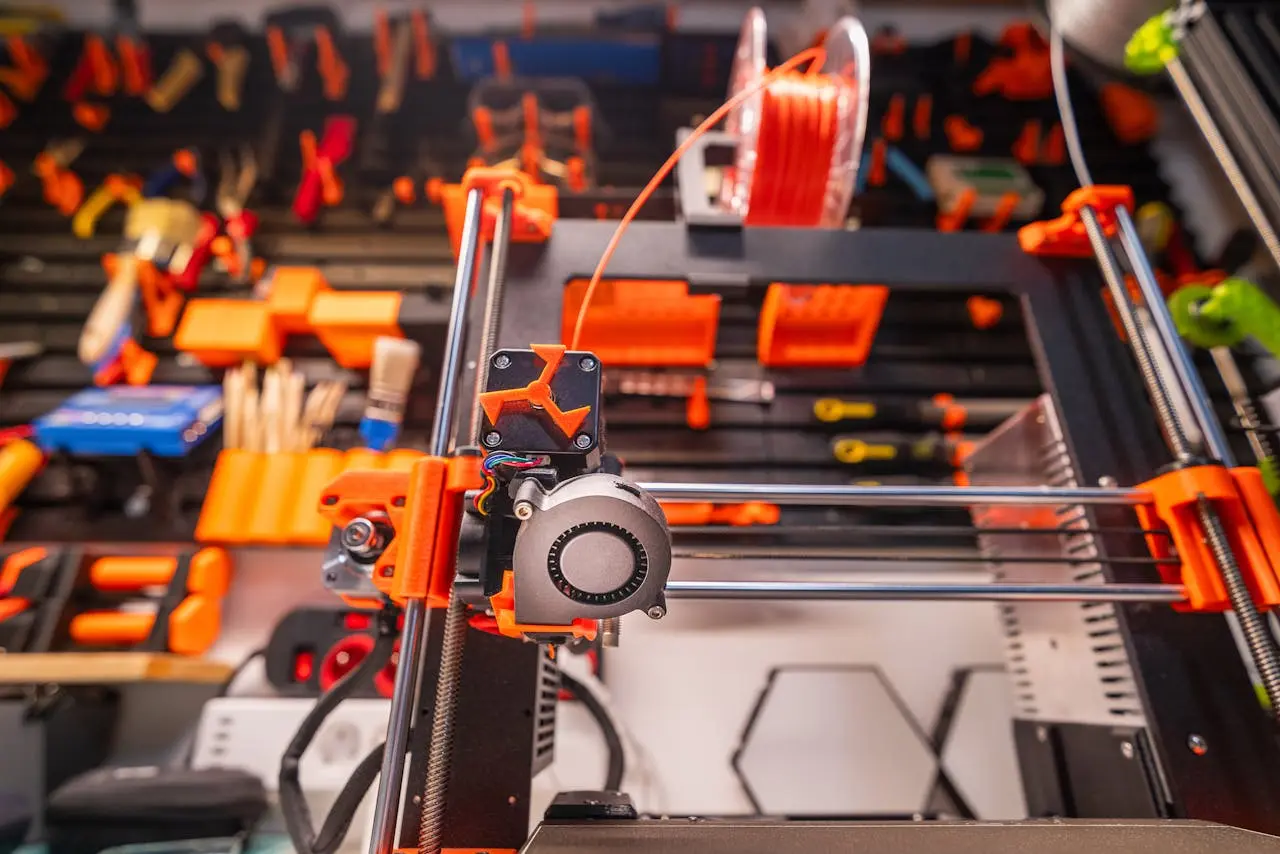Master Bed Adhesion: Simple Fixes That Work

Ultimate Guide to 3D Printer Bed Adhesion (PEI, Glass & More)
If your first layer doesn’t stick, your print won’t succeed — it’s that simple. Bed adhesion is one of the most common frustrations in 3D printing, but the good news? It’s usually fixable with just a few key tweaks.
Here’s what actually works when it comes to getting solid, reliable first layers.
Level Your Bed (Yes, Really)
Ensuring your Z-offset is dialed in and your bed isn’t warped is essential—even with auto bed leveling.
Quick Tip:
Slide a standard sheet of printer paper under the nozzle. You should feel slight drag—not loose, not scraping.
Video Tutorial:
Know Your Bed Surface
Different surfaces perform best with different filaments:
| Bed Surface | Best For | Notes |
|---|---|---|
| PEI (smooth/textured) | PLA, PET‑G, TPU | Strong grip; textured PEI helps with flexible filaments. |
| Glass | PLA, ABS | Needs glue/hairspray; PET‑G can bond—use release agent. |
| BuildTak / Flex Plates | Most filaments | Good adhesion but sensitive to bed height and wear. |
| Garolite (FR4) | Nylon, TPU | Excellent for engineering filaments; keep clean. |
Get the Temps Right
Bed temperature affects adhesion dramatically:
- PLA: 60°C
- PET‑G: 70–85°C
- ABS: 100°C+ (ideally enclosed)
- TPU: 40–60°C
Tip: Start low and add 5°C if prints peel or warp.
Clean Your Bed Regularly
- Wipe with 90%+ isopropyl alcohol
- For PEI: use dish soap & hot water
- Avoid cleaners with additives or fragrances
Reference Video:
Use Brims, Rafts, or Skirts (When Needed)
- Skirt: Primes nozzle—no attachment to the model
- Brim: Adds edge rings—best for warping corners
- Raft: Thick base—helpful for difficult prints but wasteful
Video Explanation:
Add a Little Adhesive (When in Doubt)
- Glue Stick: Water‑soluble and easy to clean
- Hairspray: Use unscented—works well with PLA on glass
- Magigoo: Specialized adhesion solution for various filaments
Magigoo:
Magigoo 3D Printer Bed Adhesion Solution – Maker’s Muse Review
Buy Magigoo Original Adhesive
First Layer Print Settings That Matter
- Slow first layer to 20–30 mm/s
- Raise first layer temperature by 5–10 °C
- Calibrate nozzle height so lines are slightly squished—not rounded or dragging
Video:
Still Struggling with Bed Adhesion?
- Check for warped bed surfaces
- Verify first layer consistency across all areas
- Review slicer and temperature profiles for your filament
We offer diagnostics, custom slicer profiles, and printer tuning to help you print consistently and successfully.


.jpg)